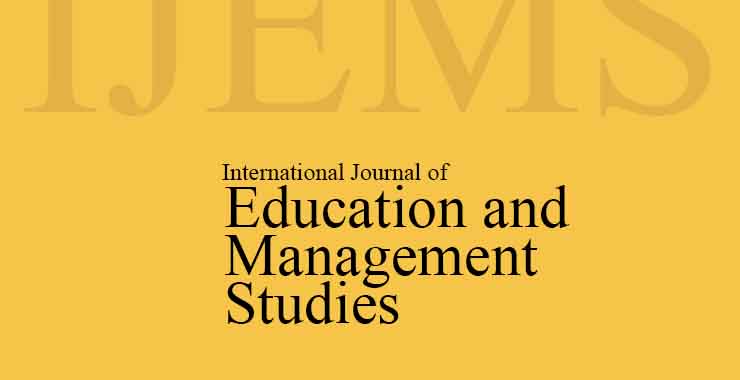Zero Budget Natural Farming (ZBNF): A New Dimension of Sustainability in Agriculture Farming and Enhancing Farmer’s Income
Original price was: ₹ 201.00.₹ 200.00Current price is: ₹ 200.00.
Page: 61-65
Devlina Dwivedi1, D. K. Janghel2, Yuvraj Singh3, Deepak Soni4, Nitish Kumar5, Pankaj6, and Aman Kumar Dhiman7 (School of Agricultural Sciences (SOAS), GD Goenka University, Gurugram, Haryana1,2,3,4,6 and School of Engineering Sciences (SOES), GD Goenka University, Gurugram, Haryana5,7)
Description
Page: 61-65
Devlina Dwivedi1, D. K. Janghel2, Yuvraj Singh3, Deepak Soni4, Nitish Kumar5, Pankaj6, and Aman Kumar Dhiman7 (School of Agricultural Sciences (SOAS), GD Goenka University, Gurugram, Haryana1,2,3,4,6 and School of Engineering Sciences (SOES), GD Goenka University, Gurugram, Haryana5,7)
In the present day, the widespread adoption of agrochemical-based modern agriculture practices has emerged as a significant menace, endangering not only human well-being but also soil health and the livelihoods of farmers. The relentless pursuit of agricultural industrialization has further exacerbated this crisis, which have led to distressing levels of indebtedness among indigenous farmers linked with the exorbitant cost incurred in procuring essential raw materials. An agriculturist and Padma Shri awardee, Subhash Palekar, introduced “Zero Budget Natural Farming (ZBNF)”, offering a compelling solution to the challenges faced by agricultural farmers like debt burdens, residual pesticides in soil, barren land, environmental pollution, etc. It presents a revolutionary paradigm in sustainable agriculture farming by promoting chemical-free practices without any use of external inputs like fertilizers, pesticides, etc. Keeping the above points into consideration, a pilot study had undertaken in 2022-23 sought to comprehensively explore the techniques of ZBNF farming and to assess the notable variance in average yields between ZBNF and Non-ZBNF farming groups by employing a statistical analysis, specifically an independent two-sample t-test, at the 5% significance level with 48 degrees of freedom. It revealed a p-value of 0.861 for the two-tailed test, indicating a statistically significant at par mean yields among ZBNF farmers compare to non-ZBNF farmers. This underscores ZBNF as a sustainable alternative to agrochemical-based modern agriculture, promoting a holistic ecosystem involving humans, animals, plants, mycorrhizae, and microorganisms to enhance agricultural productivity and socio-economic well-being.

